Six essential stories on the origins of COVID-19
By Matt Field | May 17, 2021
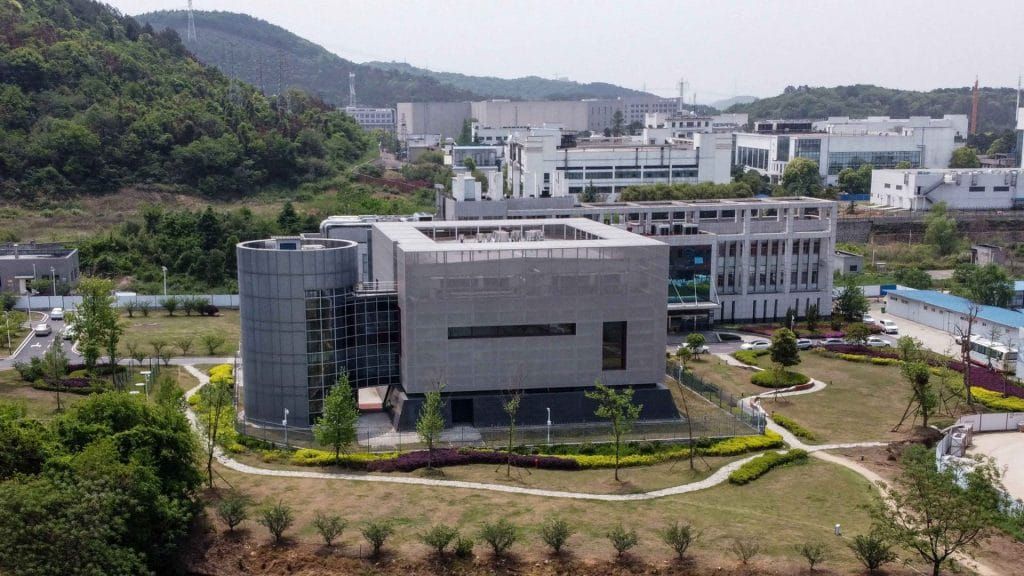 The Wuhan Institute of Virology in Wuhan in China's central Hubei province. Credit: Hector Retamal/AFP via Getty Images.
The Wuhan Institute of Virology in Wuhan in China's central Hubei province. Credit: Hector Retamal/AFP via Getty Images.
Last Thursday, President Joe Biden told the country that fully vaccinated people no longer need to wear masks indoors or outdoors, calling it a “great day.” The federal government’s new policy, along with falling case counts and increasing vaccination numbers, was another sign that the crisis phase of the pandemic—in the United States at least—was drawing to a close. On the same day that Biden looked toward the pandemic’s end, a group of 18 prominent scientists looked, figuratively, in the opposite direction, toward how it all began. In a letter in Science seeking answers about the pandemic’s origins, they questioned the joint report from China and the World Health Organizations that dismissed the hypothesis that the COVID-19 virus could have spread after a lab accident in Wuhan, China. “[M]ore investigation is still needed to determine the origin of the pandemic,” they wrote. “Theories of accidental release from a lab and zoonotic spillover both remain viable.”
In the spring of 2020, the so-called “lab leak” hypothesis, which many scientists now say publicly needs to be interrogated further, was often characterized as something of a conspiracy theory in news articles. The Chinese government and researchers there have fervently denied that it is a possibility, and the World Health Organization investigation gave the hypothesis scant attention. While many prominent researchers argue the weight of the evidence indicates COVID-19 was the result of natural spillover—they appear to be in an increasing competion with others in their fields who now say the matter is far from settled. The Bulletin has been following this debate from the pandemic’s early days and has produced significant coverage on COVID-19’s origins, a focus that is part and parcel with the Bulletin’s long-standing coverage of biosecurity.
Here are some of the key stories we’ve published on the subject:
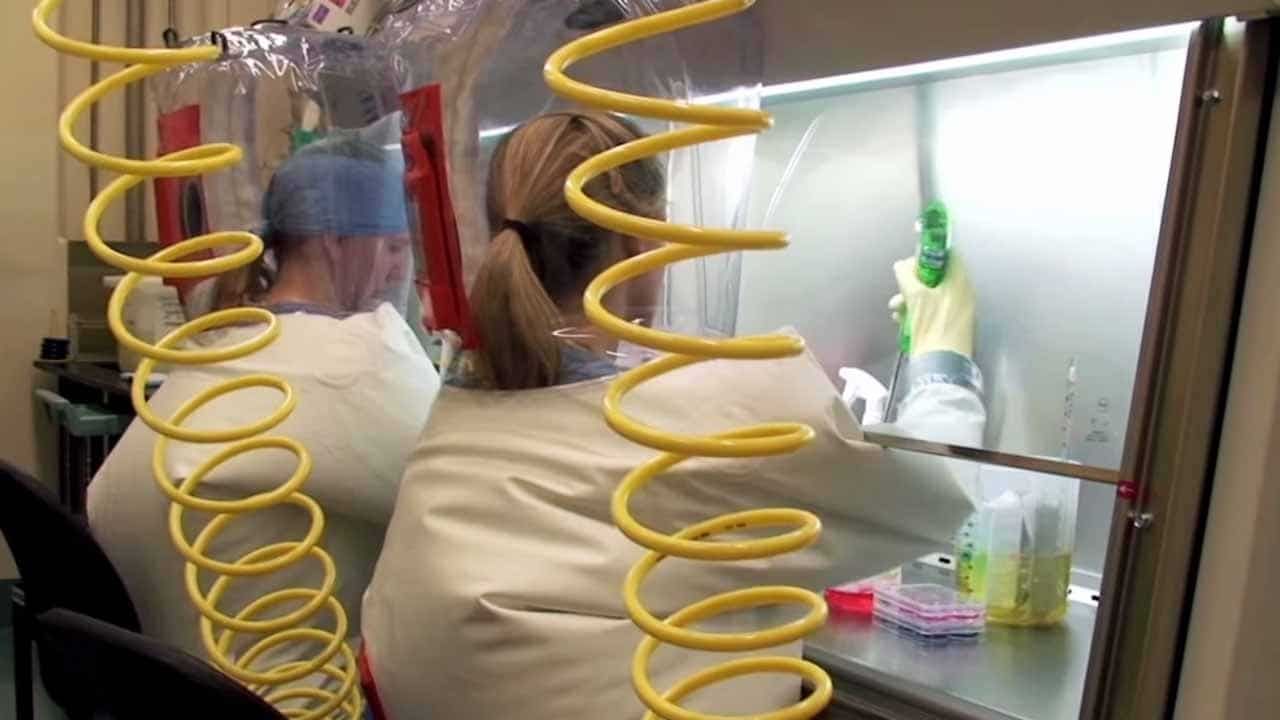
Experts know the new coronavirus is not a bioweapon. They disagree on whether it could have leaked from a research lab
By Matt Field
In late winter 2020, some on the right, including conservative newspapers and Sen. Tom Cotton, R-Ark., were questioning whether COVID-19 was the product of bioweapons research. Experts widely dismissed that conspiracy theory as false, citing evidence including the genetic structure of the SARS-CoV-2 virus. But what was lost in the bioweapon coverage was that some experts did in fact think there was a real possibility that the outbreak in Wuhan could have resulted from a lab accident.
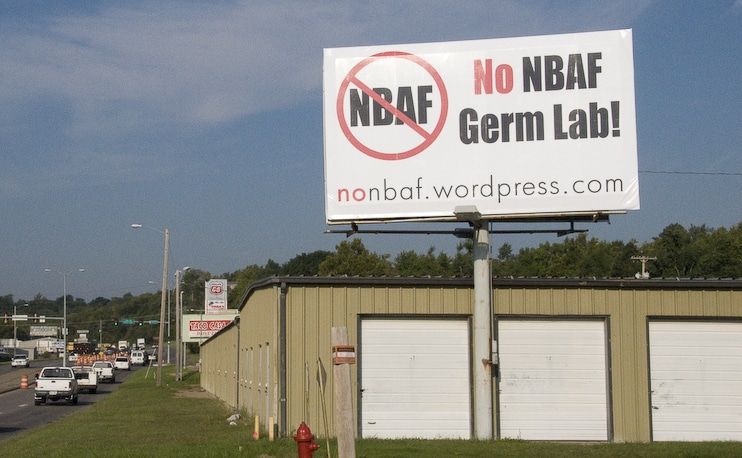
Hot zone in the heartland?
By Elisabeth Eaves
Well before the first cases of novel coronavirus infections were first reported at the end of 2019, Bulletin contributing editor Elisabeth Eaves was hard at work exploring the risks of lab releases. In partnership with The New Yorker, the Bulletin sent Eaves to Plum Island, off the coast of Connecticut to meet virologists at the BSL-3 (biosafety level 3) lab there who were studying lethal diseases for which treatments or vaccines existed. The US government’s decision to move the disease research lab’s functions from the island to a new advanced facility in the country’s agricultural heartland in Kansas worried experts who knew the real risks of accident causing outbreaks.
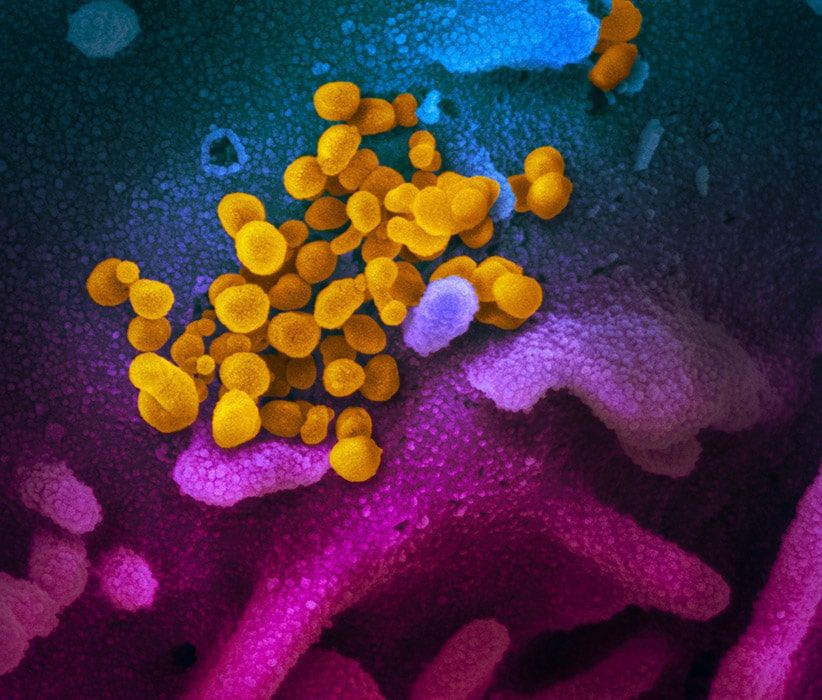
Did the SARS-CoV-2 virus arise from a bat coronavirus research program in a Chinese laboratory? Very possibly.
By Milton Leitenberg
In June 2020, Milton Leitenberg, a prominent expert on biological and chemical weapons, wrote a detailed account of the risks posed by the two virology centers in Wuhan. “Long before Trump, Pompeo and Co. sought a Chinese scapegoat for the president’s gross and willful incompetence, researchers understood that the possibility of laboratory escape of the pathogen was a plausible, if unproven, possibility. It is most definitely not ‘a conspiracy theory.’”
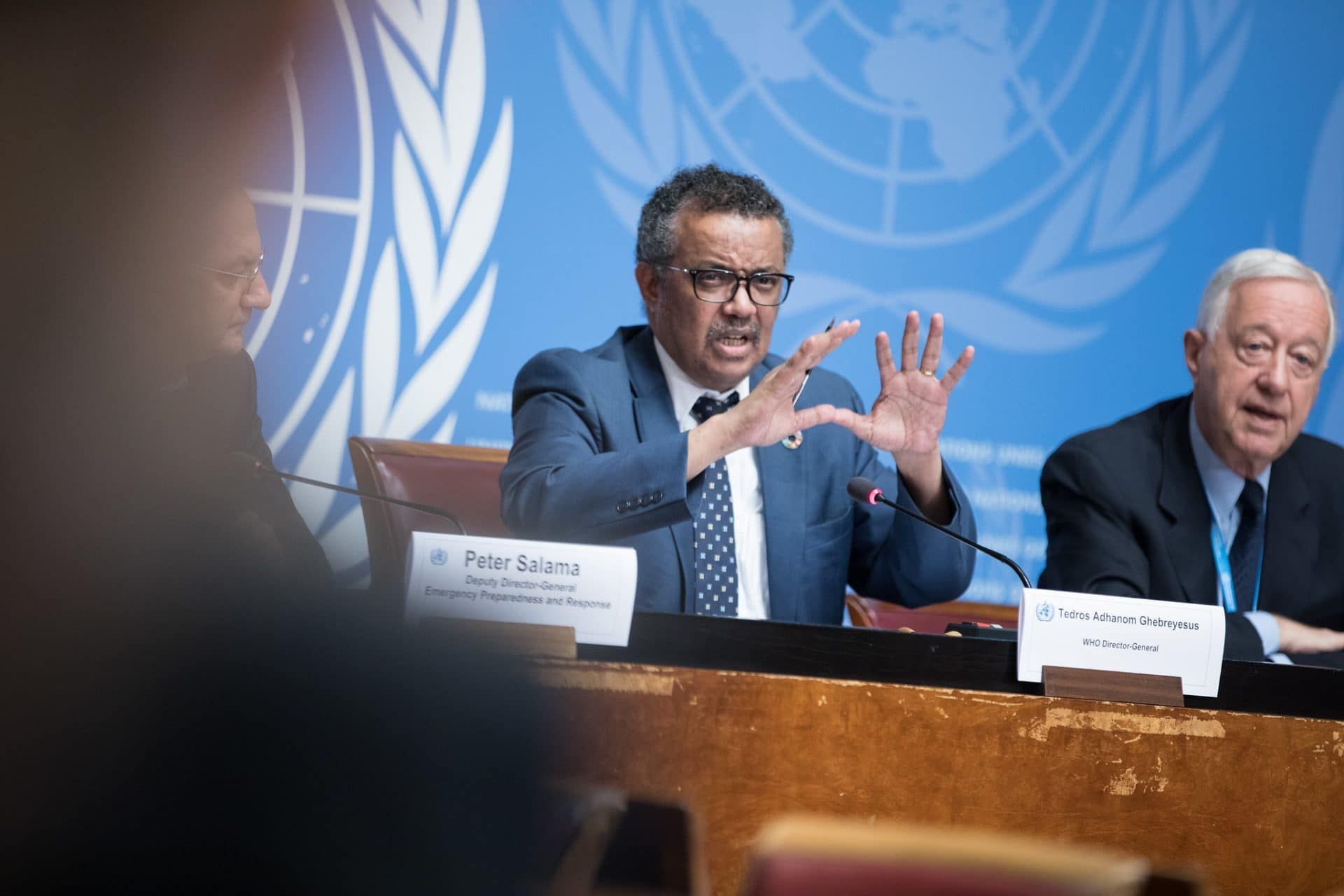
Will the WHO call for an international investigation into the coronavirus’s origins?
By Filippa Lentzos
In May last year, biosecurity expert and frequent Bulletin contributor Filippa Lentzos wrote about what needed to happen to fully investigate the origins of COVID-19, detailing what she called a “forensic investigation.” She wrote that the “international community is not completely in the dark on forensic investigations; it has plenty of experience to draw on from the security side.” While China agreed to a joint China-World Health Organization investigation of the virus’s origins, researchers never took an in-depth look into Wuhan research labs. As the recent letter in Science suggests, many scientists now want investigators to conduct a more thorough investigation into the lab leak hypothesis.
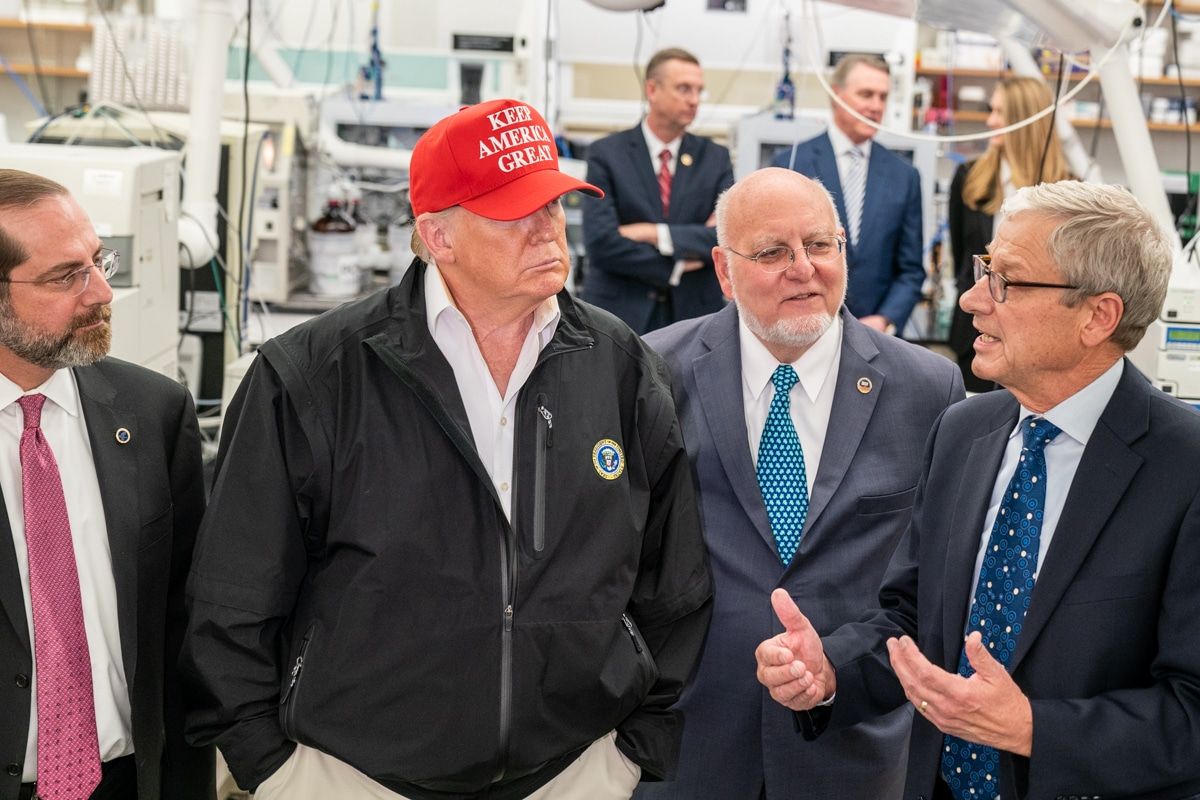
Let evidence, not talk radio, determine whether the outbreak started in a lab
By Ali Nouri
Also in May, Ali Nouri, then the president of the American Federation of Scientists, took aim at the Trump administration’s loose talk about who was to blame for the pandemic. Even as the US intelligence community claimed to be investigating the possibility that the pandemic was the result of a lab leak, as Nouri points out, Trump, backed up by right-wing pundits like Rush Limbaugh and Rudy Giulliani, claimed to reporters that he had a “high degree of confidence” that the a Wuhan lab was the source of COVID-19. Nouri argued that it is more likely the pandemic had natural, i.e., a non-laboratory origin.
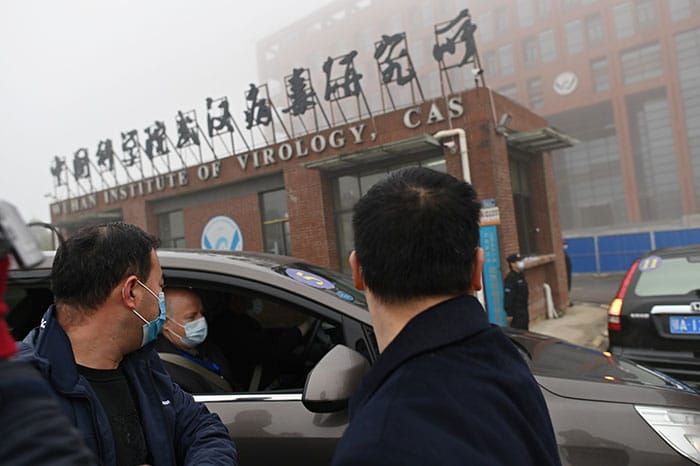
The origin of COVID: Did people or nature open Pandora’s box at Wuhan?
By Nicholas Wade
This past month, the Bulletin published another big COVID-19 origins story, one by former New York Times science journalist Nicholas Wade. For some biosecurity experts, it was among the clearest distillations of the lab leak hypothesis yet. The science community took note, in particular, of a key quote in the piece by Nobel laureate David Baltimore. Referring to a particular part of the COVID-19 virus, Baltimore said, “when I first saw the furin cleavage site in the viral sequence, with its arginine codons, I said to my wife it was the smoking gun for the origin of the virus.” Some virologists have said Baltimore is wrong in asserting that this particular part of the virus’s genome is evidence of nefarious engineering, citing evidence that similar sites exist in other coronaviruses.
Together, we make the world safer.
The Bulletin elevates expert voices above the noise. But as an independent nonprofit organization, our operations depend on the support of readers like you. Help us continue to deliver quality journalism that holds leaders accountable. Your support of our work at any level is important. In return, we promise our coverage will be understandable, influential, vigilant, solution-oriented, and fair-minded. Together we can make a difference.
Keywords: Coronavirus, lab leak
Topics: Biosecurity















